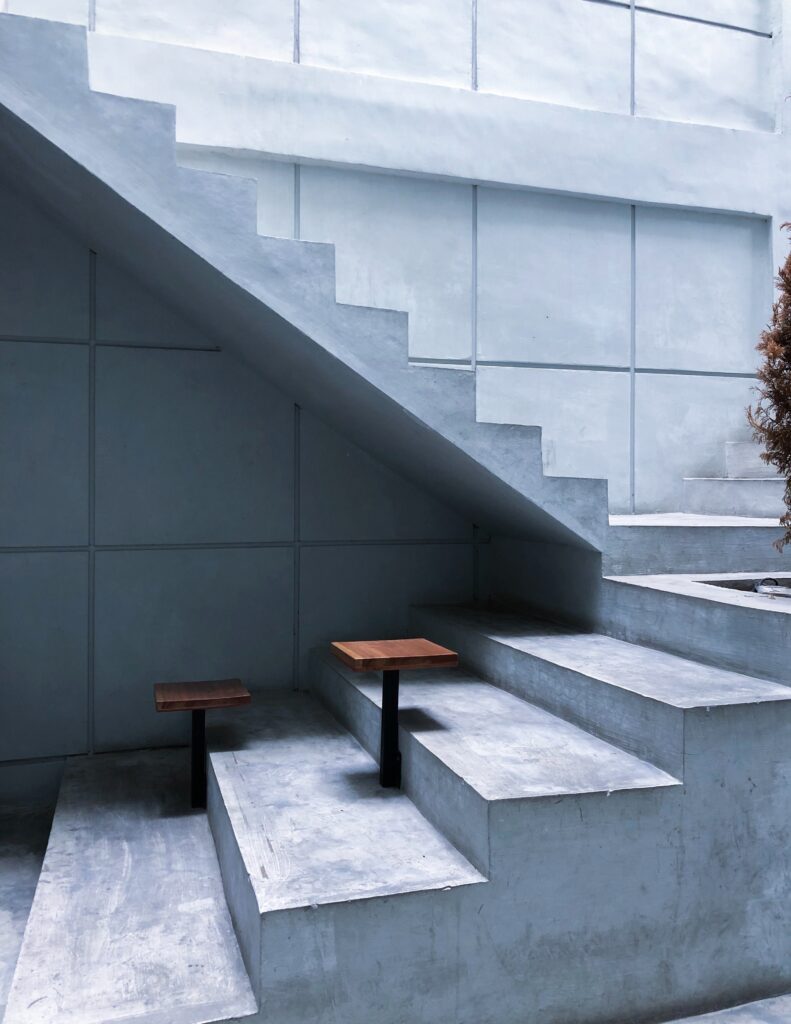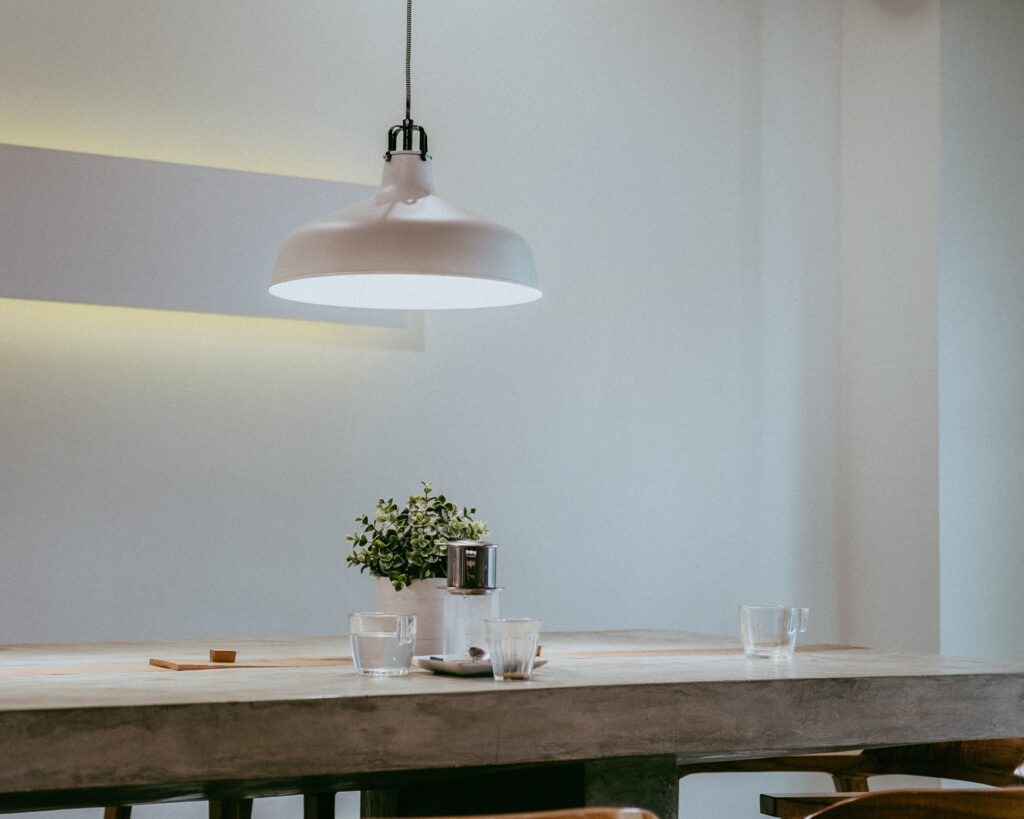Karl Smith
Growing up as a child in the 1990s, as far as the homes of my parents, my grandparents and the parents of my friends were concerned, comfort was the unassailable king.
From deep-pile rugs – the kind that make you want to flop down on the floor as if in prayer and rub your face all over – to luxurious velvet ottomans, soft furnishings were omnipresent, at least two to every person that was ever in the house at any one time, seeming to somehow multiply in line with the population.
Curtains, sofas, towels, bedding: everything and anything was plush to an extent that meant you could fall asleep pretty much anywhere and you’d be safe if you did. Everything was warm. Radiant. Near enough opulent.
Somewhere along the line, though, to borrow a phrase from Jarvis Cocker, something changed.
At some point between the late-90s and the present day, the temperature dropped significantly in homes of design-minded people across the world; the gold standard for living was no longer material so soft you could dent it with your fingertips, but that which would be more likely to leave its mark on you if you tried.
Blinds replaced curtains. Leather replaced velvet. Concrete replaced carpet inside and bricks and wood outside. Collectively, in pursuit of something new, we left warmth out in the cold and brought the cold inside to live amongst us in aesthetic harmony.

Even my parents’ home began to change; laminate crept across the floors and flocked wallpaper disappeared from the walls.
It seemed as though, where once shows like Changing Rooms had given comfort to less-than-chic family homes across the country — happy to thumb noses at interior flights of fancy from behind an impenetrable fortress of scatter cushions and bulky radiators — the seamless segue into an era of undeniably more impressive Grand Designs had shamed them into submission.
My mum and dad were never going to turn our dining room into the Rothko Chapel (more’s the pity, I maintain) — but they could put a recess fireplace in the living room wall, replacing a faux antique monstrosity with a jumper blocking the chimney flow to stem the draft and prevent pigeon attacks. You know the kind.
It’s a strange exchange, in abstract: a decision to ignore our want for comfort in favour of something more like asceticism in the very place we should most want to be at peace. But perhaps that word – “peace” – is key in understanding the puzzle of contemporary design. Why we can, in our most sacred space, love something that feels like it does not love us back at all.
In 2020, if you enter any newbuild home – that is, anything built within the last ten years, perhaps even fifteen – you are likely to be greeted by hard floors, high ceilings, white walls and wide windows. If the space is furnished, you’ll find clean lines and a cool colour palette. The space will, regardless of its size, feel cavernous when empty – perhaps even when not.
It’s a strange exchange, in abstract: a decision to ignore our want for comfort in favour of something more like asceticism in the very place we should most want to be at peace. But perhaps that word – “peace” – is key in understanding the puzzle of contemporary design. Why we can, in our most sacred space, love something that feels like it does not love us back at all.
In 2020, if you enter any newbuild home – that is, anything built within the last ten years, perhaps even fifteen – you are likely to be greeted by hard floors, high ceilings, white walls and wide windows. If the space is furnished, you’ll find clean lines and a cool colour palette. The space will, regardless of its size, feel cavernous when empty – perhaps even when not.
But why should that be? Surely, more than any other, a newly-built home would be keen to entice potential new tenants and buyers to take up residence? Surely the best way to do this would be with the allure of comfort, warmth, homeliness, the much-overused and much-misunderstood Danish concept of “Hygge“?

The evidence, it seems, would suggest not. But shifts like this don’t just happen for no reason.
The answer to why, perhaps, lies in our modern way of living more than in some failing of our tastes: in the clicks and ticks and endless scrolling of the day-to-day. In the sensory-overload of the commute, the omnipresence of road noise. The fact that we are always on, even when we’re supposed to be off.
In this sense, it is our needs that have changed our wants. Rather than the refuge of comfort, it’s the inner sanctum of calm that we look for in a home. An escape, not just a place to rest.
When we see a cool white space, minimally decorated, yes — of course — we appreciate its inherent aesthetic value; its impressive symmetry and apparent smoothness, even at distance, is never not pleasing to the eye. But it’s the minds’ eye that draws us in: space isn’t just space, it’s the possibility for peace – for calm, for self-composition and reflection.
In the hard stuff, we learned to see ourselves reflected in those polished surfaces and to block out the rest of a world which can be so loud at times it’s almost impossible to think. This, in a sense, is another kind of comfort entirely. Emotional, rather than physical. A kind of tranquility that velvet could only dream of providing.